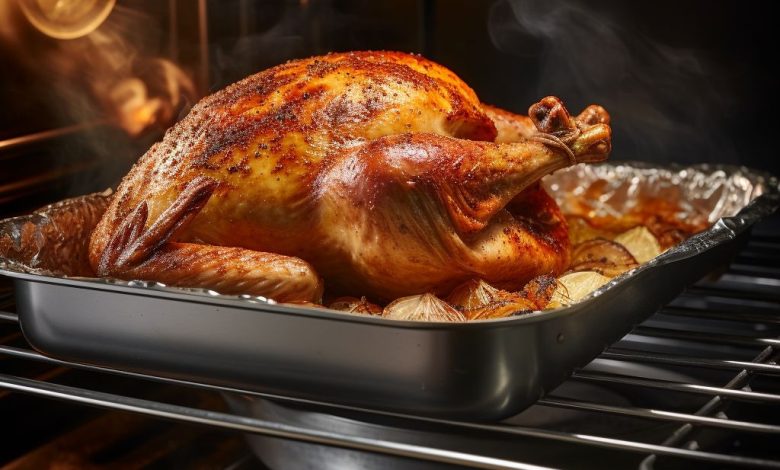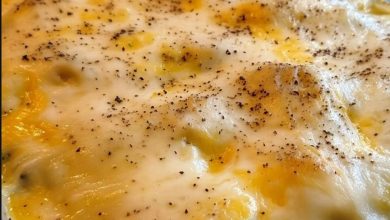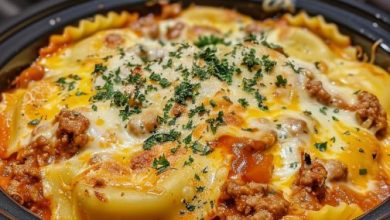Should you add water to turkey pan while it’s roasting?

Is It Prudent to Incorporate Water in the Turkey Roasting Pan?
ADVERTISEMENT
As festive seasons and notable gatherings loom, one culinary conundrum persistently perplexes home chefs: Should water be introduced to the roasting pan whilst preparing a turkey? The universal aspiration is to achieve a luscious, savory bird that exits the oven impeccably cooked. Let’s delve into the pros and cons of this culinary decision.
ADVERTISEMENT
The Influence of Water in Turkey Roasting
ADVERTISEMENT
Introducing water to the roasting pan can significantly alter the cooking dynamics. Here are pivotal considerations:
- Steam Generation: Adding water to the roasting pan creates steam as the oven heats. This steam can help maintain the turkey’s moisture by circulating within the oven. However, while steam aids in averting dryness, it may hinder the achievement of that coveted crispy skin, as a humid environment is antithetical to crisping.
- Thermal Regulation: Water’s presence in the pan can help modulate temperature. Given that water vaporizes at 212°F (100°C), it can prevent the cooking environment from becoming excessively hot too swiftly, thereby promoting more uniform cooking.
- Gravy Preparation: Incorporating water can be beneficial if you intend to prepare gravy. The water amalgamates with the turkey’s juices and drippings, providing a flavorful base for your gravy, potentially enhancing the final sauce’s depth compared to using drippings alone.
The Argument Against Adding Water
Conversely, there are noteworthy drawbacks to consider:
- Dilution of Flavors: Water can dilute the turkey’s inherent juices, potentially leading to a less robust gravy. If a concentrated, intense flavor in your gravy is desired, water may not be your ally.
- Soggy Skin: As previously noted, a moist environment is not conducive to achieving a crispy, golden-brown skin. For many, the skin is a delicacy of a perfectly roasted turkey, and soggy skin can be quite disappointing.
- Extended Cooking Time: Water in the pan can also extend the cooking duration since the oven must heat the water in addition to the turkey. If timing is critical and the oven is occupied with multiple dishes, this can be a significant disadvantage.
Guidelines for Roasting Turkey with or without Water
The choice to add water to your turkey pan hinges on your desired outcome.
If your priority is moist meat and crispy skin is not a concern, consider adding a minimal amount of water to the pan. Conversely, if achieving a crispy exterior is paramount, eschew the water and employ alternative methods to retain the turkey’s moisture, such as basting, brining, or applying a compound butter beneath the skin.
Should you opt to add water, adhere to these guidelines:
- Add only a small quantity of water to the pan’s bottom to mitigate excessive steam’s adverse effects.
- Contemplate adding aromatic vegetables and herbs to the water to enhance the steam with additional flavors.
- Vigilantly monitor the water level during cooking, replenishing as needed to avert the drippings from burning.
If you decide against adding water but still desire a moist turkey, consider these techniques:
- Brine your turkey prior to roasting to augment moisture retention.
- Employ a foil tent to reflect heat and decelerate the skin’s cooking, allowing the meat to cook through before the skin burns.
- Periodically baste the turkey with its own juices, butter, or a combination thereof.
By carefully weighing these factors, you can tailor your turkey roasting method to align with your culinary aspirations, ensuring a delectable centerpiece for your festive feast.




